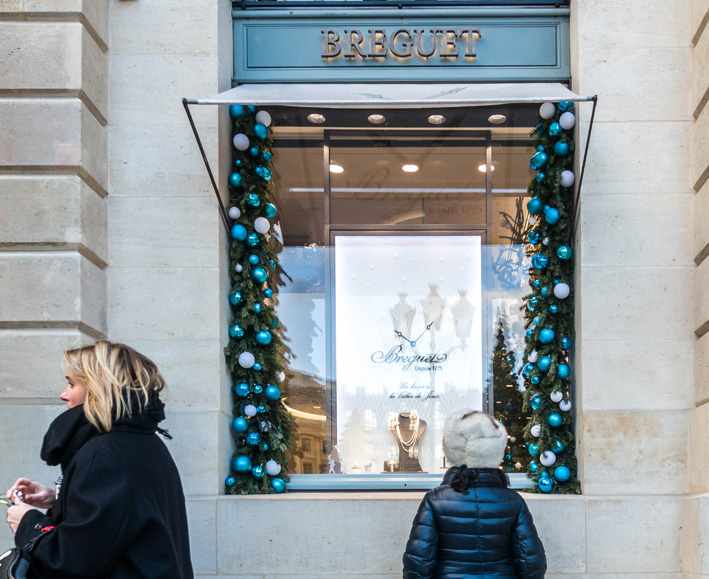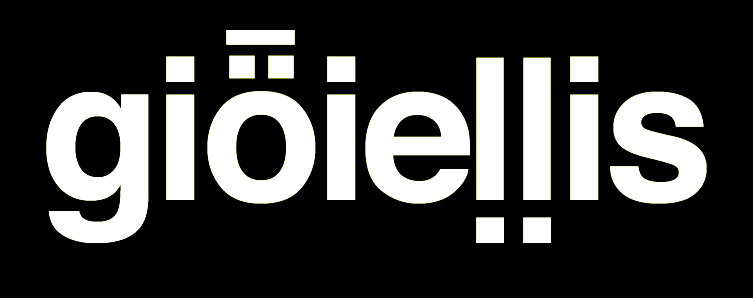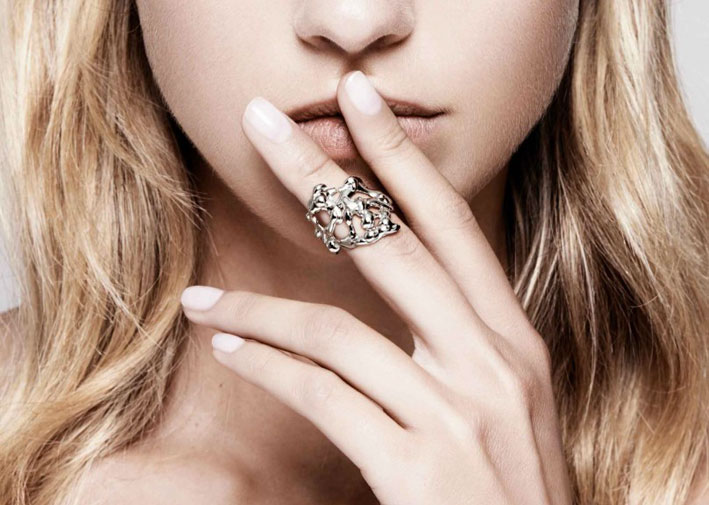How to choose a jewel to give or buy for you? Here are ten useful tips for those looking for a diamond or gemstone ring ♦ ︎
When buying a diamond, or rubies, emeralds, sapphires, the advice of an expert is essential. But, in any case, it is better to know more about the characteristics of the stones. If the famous 4 Cs of diamonds carat (carat), color (color), clarity (clarity) and cut (cut), are now known to everyone (and if you don’t know them you can find the explanation in our section Campus), here some things to know before entering the jewelry store.
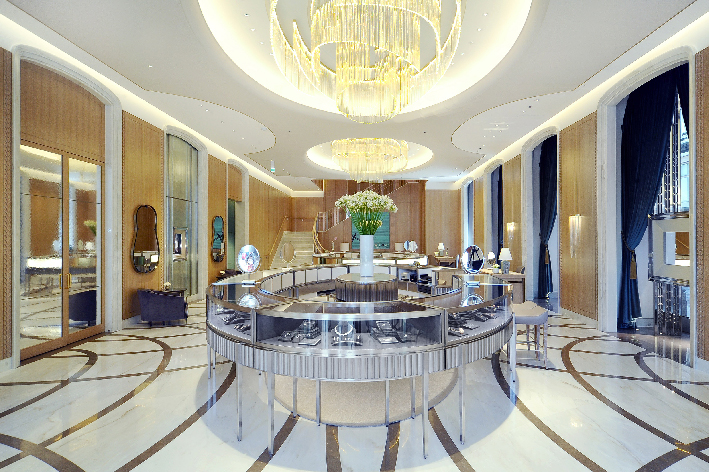
They are not just any advices: they are those elaborated by the Gemological Institute of America (Gia), that is the United States mineralogy research and learning center, the most famous in the world, which also helped create the diamond valuation standard. Its certification is a guarantee in evaluations and transactions. Hence, it is best to follow his advice.
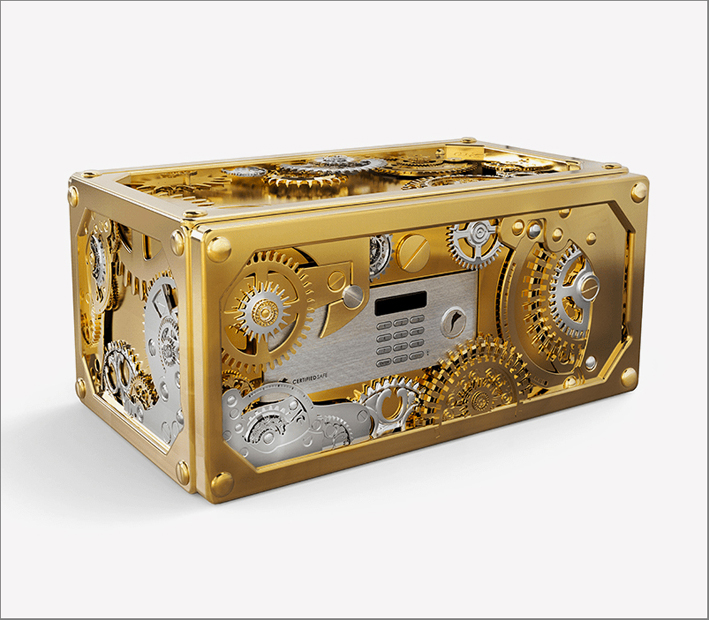
1 Also think about where to store them. Buying a piece of jewelry is easy if you have the necessary money. But a non-trivial and often underestimated aspect concerns your home. Do you have a place, possibly safe, to keep the jewels? If your jewelry investment is high, think about where and how to store your jewelry first. In addition to safety, another important aspect concerns the integrity of the jewelry. Your precious rings, necklaces and bracelets, in fact, can be damaged if they are placed in contact with each other: it is better to always keep them in the box in which they were sold by the jeweler. For example, in addition to diamonds, sapphires are also very hard stones and can scratch other stones they come into contact with. In short, the jewels are best kept separate.
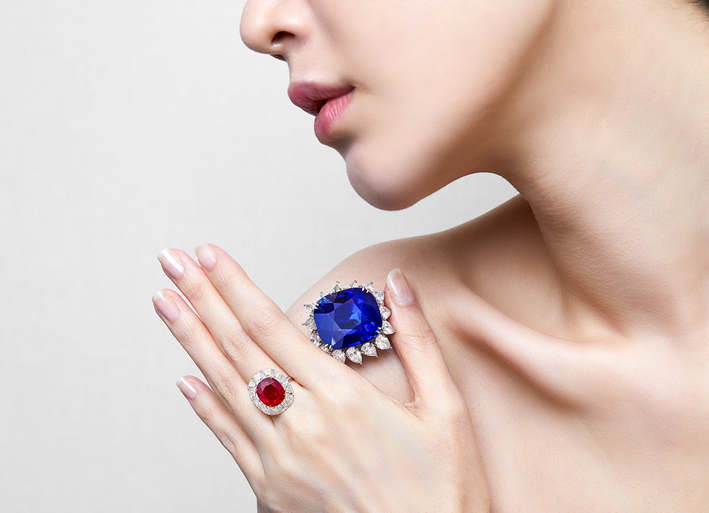
2 Green is in fashion. The green color has an advantage, in addition to being the symbol of nature and the environment: emeralds, which have this color, are larger for the same weight. So, if you want to make a good impression, go for emeralds for the same price. Since this mineral has a low density, in fact, a 1 carat emerald will be larger than a diamond of the same weight. In short, the emerald is more voluminous for the same weight.
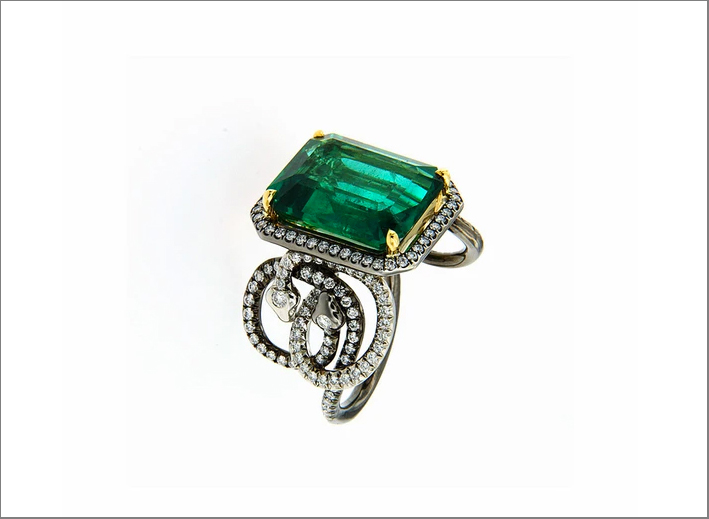
3 Size matters. There is nothing worse, if you want to give a ring as a gift, than buying one of the wrong size. The joy of receiving a precious gift turns into disappointment for not being able to wear the jewel. Sure, a ring can be widened or tightened (but not always), but the surprise effect is ruined. So, pay attention to the size of the ring: it is very important that it can be worn easily, without causing discomfort. The ring should slide smoothly down the bottom of the finger, but it shouldn’t be too loose. He must not turn around or slip out of his position. How to know exactly the right ring size? We wrote about it here.
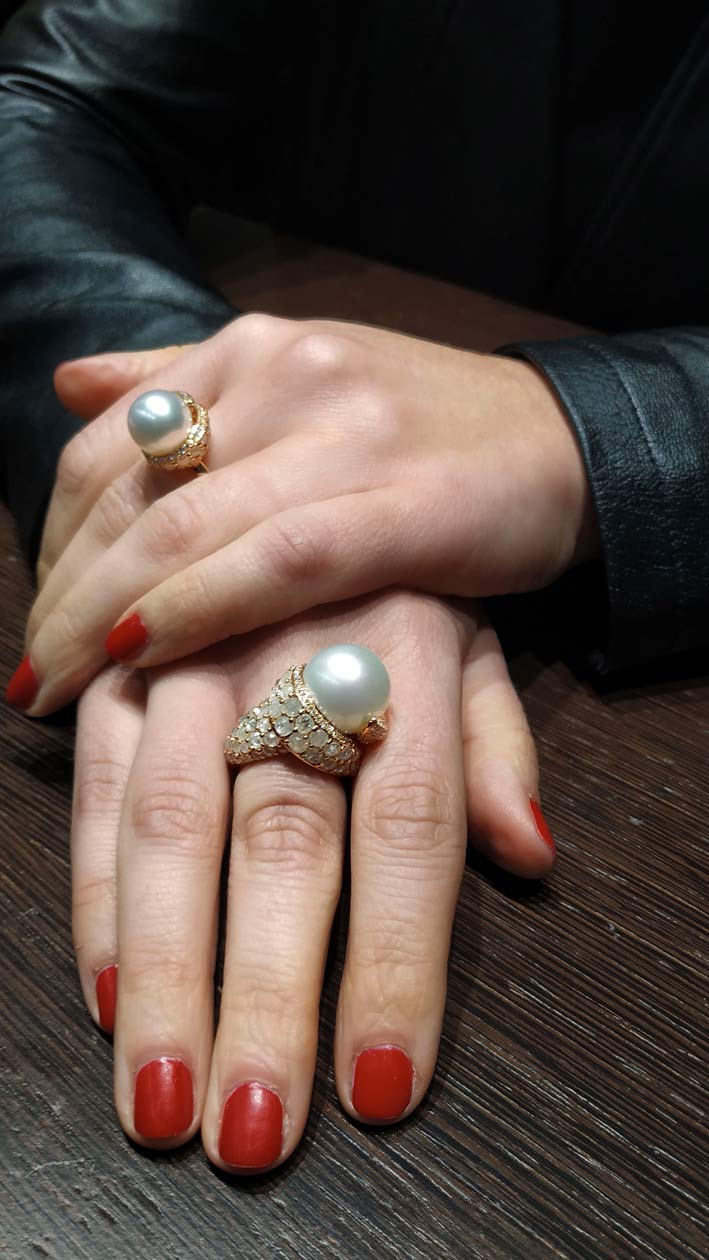
4 Decide on a budget. Before buying a ring, it is good to know the maximum price you want to spend. It is an important aspect, because once you enter the jewelry it is better not to have indecision or, worse, to repent immediately after the purchase just made. When you enter the jewelry store, therefore, it is best to immediately explain how much you are willing to spend: this will help the jeweler find the right jewel for your budget.

5 The purple color. Do you like strong colors? A ring with a rather large ruby costs a lot. Of course, alternatively you can choose a jewel with spinel, which often has a lower price, but it is always a high cost. An alternative is amethyst, which is purple but is always a rather warm shade. And it costs less. But not all amethysts are the same: the most popular shade of amethyst is the one that tends to purple red, or an intense purple, without brown or bronze shades. The color of the amethyst must be uniform, visible to the naked eye when looking at the stone from above. Otherwise the amethyst may appear too dark in low light conditions.
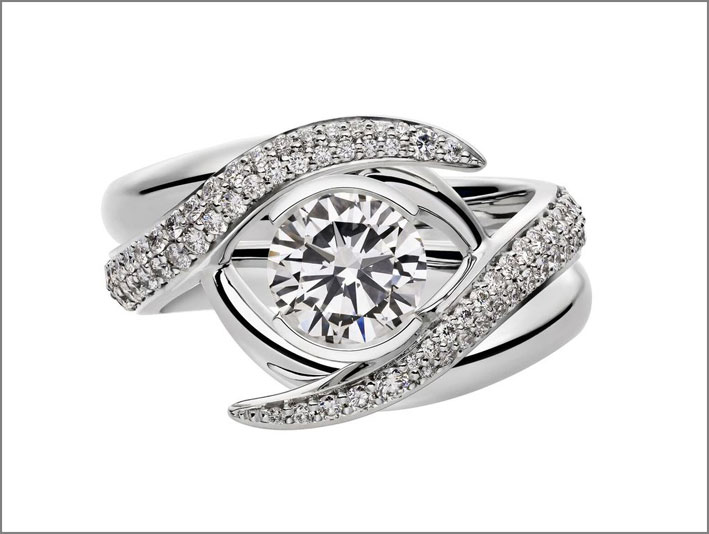
6 Diamonds with discount. Diamonds cost a lot, especially if their weight exceeds 1 carat. If you have a lot of money to spend, and don’t think of the ring as a jewel to resell, you can opt for a 0.99 carat diamond or a similar weight: the appearance will be practically identical to that of a 1 carat stone, but the cost will be much lower. In short, a diamond with a discount, because the psychological threshold of 1 carat raises the price a lot. An alternative is to choose a Halo type ring, that is, with many smaller diamonds mounted around a central stone: this crown of small stones serves to increase the brilliance of the central one and helps to keep the price down.
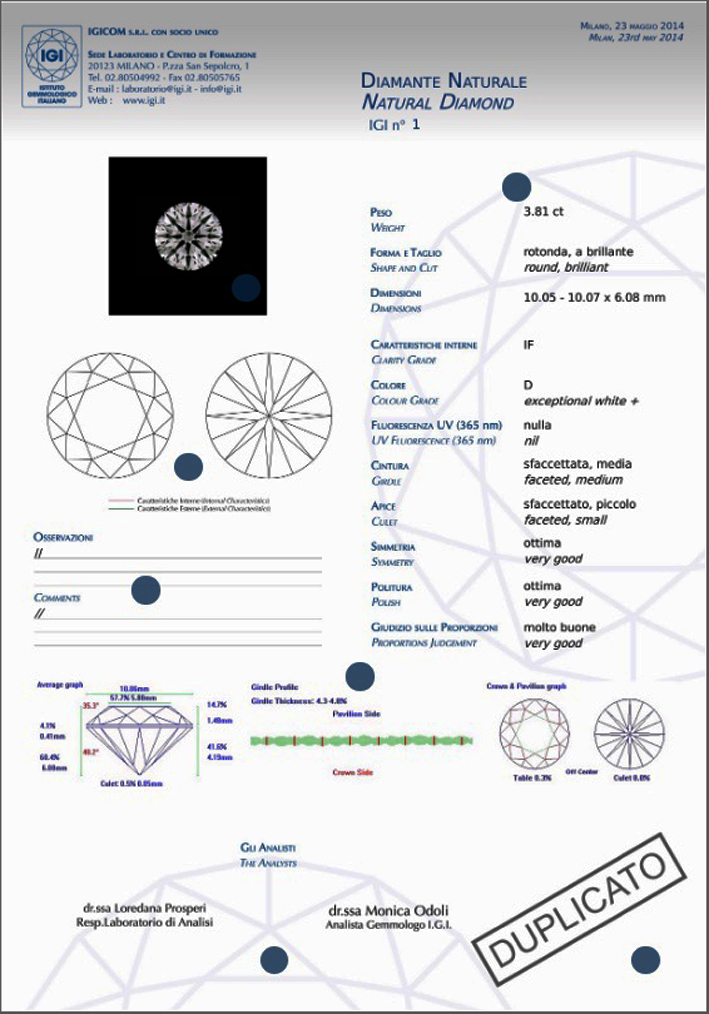
7 Ask for the certificate. If you buy a diamond jewel do not forget to ask for the certificate of authenticity of the stones. Unfortunately, anyone who is not an expert and does not turn to a good jeweler risks falling into some trap. For example, a diamond created in the laboratory can be mounted on the ring instead of a diamond, very similar to the natural one, but which costs less. Synthetic stones are many and difficult to distinguish for those who are not experts. Jewelery with an unnatural stone should not be sold in a non-transparent way. And this usually doesn’t happen if the dealer is well known: a fake stone would ruin his reputation. In any case, a certificate of guarantee will indicate the characteristics of the diamond, ie weight and quality.
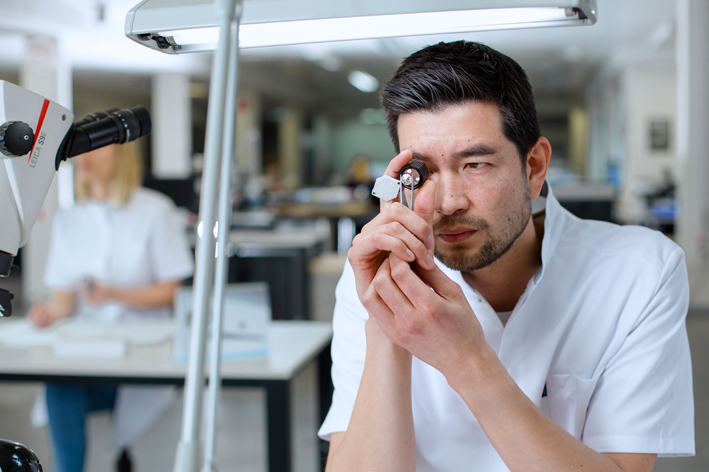
8 Look inside the gems. Diamonds aren’t the only stones imitated by lab-created gems. But how to distinguish them from natural ones? A fairly simple way is to look at them very closely, through a magnifying glass, perhaps the ones that come close to the eye used by jewelers (they can be bought online at a modest price). Natural stones almost always show some inclusions inside them. They are small imperfections which, however, are also a guarantee of their origin. For example, pink or red tourmaline often has multiple inclusions that are visible to the naked eye. A true emerald always has small cracks or inclusions. In short, an imperfect stone has also certainly been extracted from the earth.
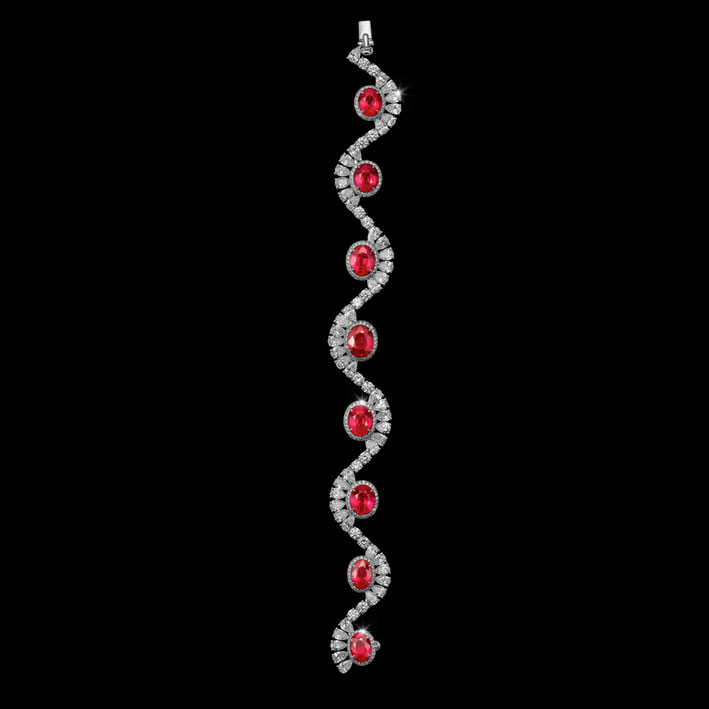
9 Ask for your passport. If you buy a jewel with a precious stone, find out where it comes from: the place where the gem was extracted also affects the price. For example, a ruby mined in Burma is more valuable than the same type of stone, but which comes from Ceylon. Or, an emerald from Colombia is more expensive than one mined in Mozambique. Of course, the evaluation also depends on the weight and quality of the gem. In any case, the origin has a certain importance in the evaluation, just as it happens for the products that are purchased every day: for the same quality, one brand can have a higher price than another. Marketing magic.
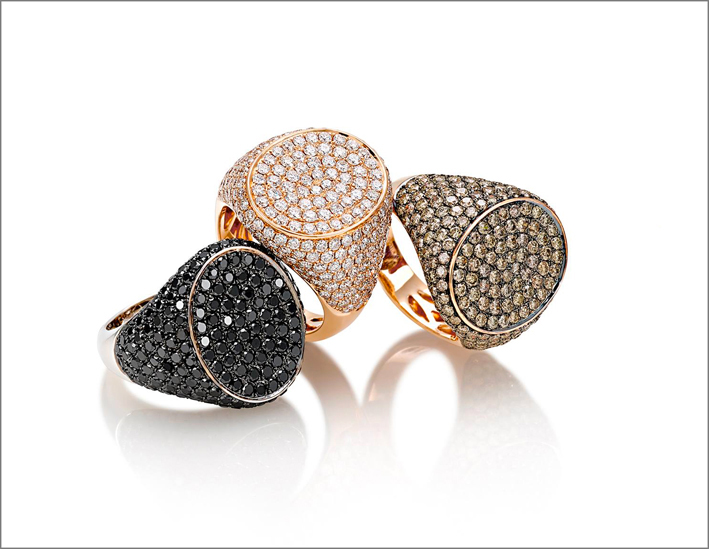
10 Different diamonds. As we said in point 7, if you want to buy a diamond ring, the request for a certificate certifying the origin of the stone is necessary. But, in addition to authenticity, the gemological certificate also guarantees the quality of the diamond. In short, it is a question of understanding the classification according to the four C. For example, colorless diamonds are not always perfectly transparent. There are white diamonds that can have a milky transparency. Or inclusions. Or, more often, have a slightly yellowish color. These diamonds can be used for beautiful jewelry. But their price must also be different.
